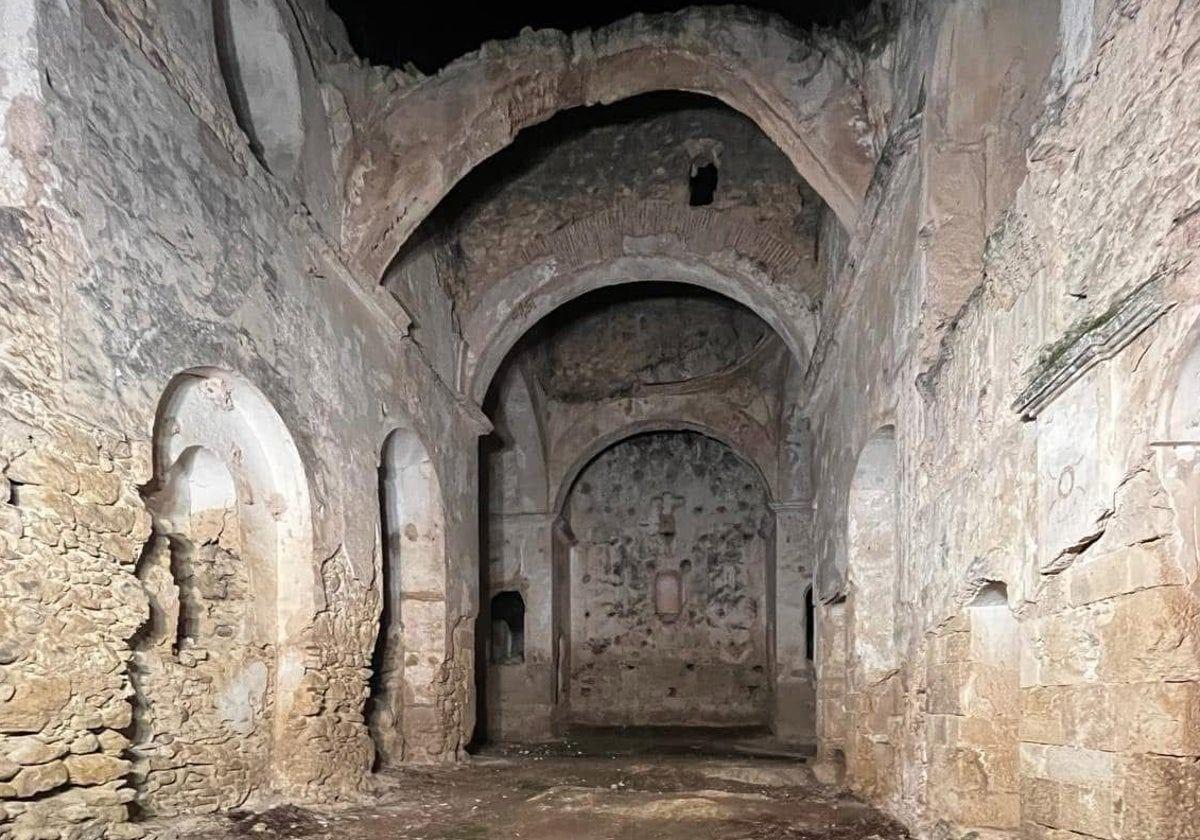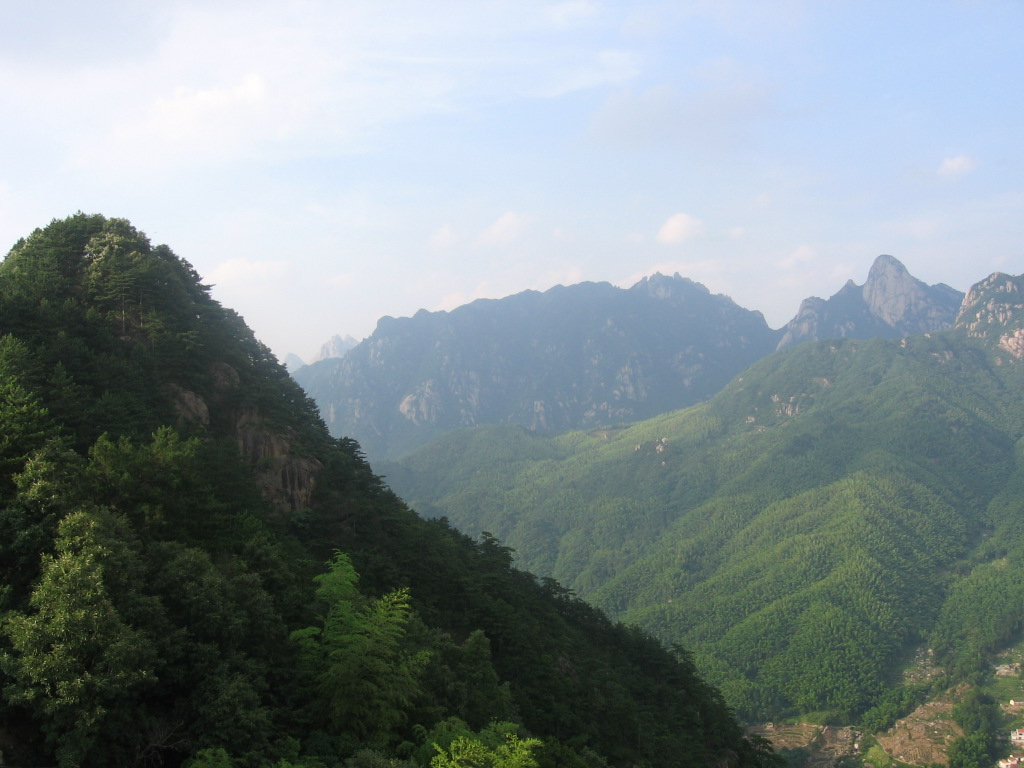
A short piece in the Spanish magazine Sur (in English) titled “The story of a hermit community that lived in the monastery of Villanueva de Algaidas,” in the Spanish province of Malaga.

Hermits around the web – Hermitary
news, sites, and pages of interest about hermits and solitude

A short piece in the Spanish magazine Sur (in English) titled “The story of a hermit community that lived in the monastery of Villanueva de Algaidas,” in the Spanish province of Malaga.
The New Yorker Magazine carries an article about Spanish athlete Beatriz Flamini , who “liked to be alone so much that she decided to live underground—and pursue a world record. ” The title of the article: “The Woman Who Spent Five Hundred Days in a Cave.” The article describes Flamini’s feat as “gruelling and surreal.” Smithsonian Magazine noted that Flamini was “equipped with little more than books and art supplies to keep busy … living in a cave underground with next to no contact with the outside world.” Widely covered by media.
URL: New Yorker: https://www.newyorker.com/magazine/2024/01/29/the-woman-who-spent-five-hundred-days-in-a-cave; Smithsonian: https://www.smithsonianmag.com/smart-news/spanish-athlete-emerges-after-500-days-alone-in-underground-cave-180981998/
The Spanish news site La Coz de Galicia, offers an article titled “El padre Carlos, el hombre al que Dios trajo de Getafe a Pontevedra para ser ermitaño a los 44 años”, which translates as “Father Carlos, the man called by God from Getafe to Pontevedra in order to become a hermit at age 44.” Getafe is a city near Madrid where Fr. Carlos was born and grew up. Pontevedra is within Galicia, the city where, after ordination as a priest and permission to live as a hermit, is the hermit’s home.
Pontevedra is on the Santiago de Compostela route. Fr. Carlos lives in a room of the rectory in Alba, greeting pilgrims, conversing and counseling visitors, but spending most of the day in silence. To the visiting journalist, explaining his daily routine and 18 hours of daily silence he exclaims: “How can I be so lucky!” Includes short video.
-U64122717332tBf-624x350@abc.jpeg)
News site ABC de Sevilla (Spain) features a report about the hermit Pablo Gordillo titled “Pablo Gordillo, ermitaño: “El hombre ha sido creado para la vida eterna,:” translated as “Pable Gordillo , hermit: We have been created for eternal life.” The article profiles the hermit’s work and presents a brief interview.
Gordillo holds a law degree but soon after practicing he found himself more interested in the spiritual life. He serves in the Camaldolese Hermits of Monte Corona in Andalusia, Spain, which is preparing the foundation of a second contemplative community in Andalusia. The original foundation is in the province of Burgos, where the Camaldolese hermitagei is composed of twelve small houses, one per hermit.
The rest of the article is a more personal interview of the hermit, asking him about his perception of the contemplative life, of good and evil, of society and the world.
This Telegraph article title and byline summarizes a hermit mystery:
Long-lost doctor discovered living like a hermit in the woods of Tuscany. The man disappeared from his home in Seville 20 years ago and claims to have been living in the forest ever since.